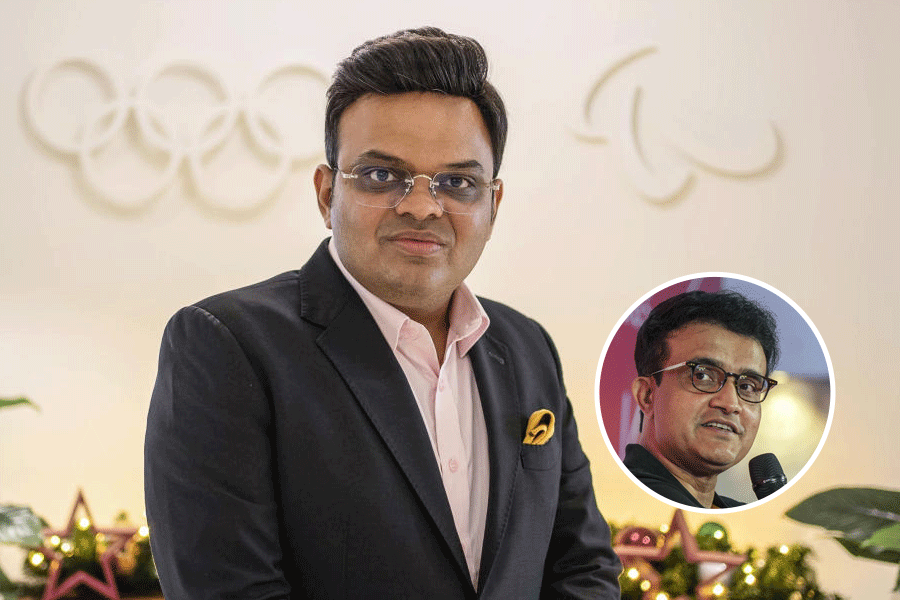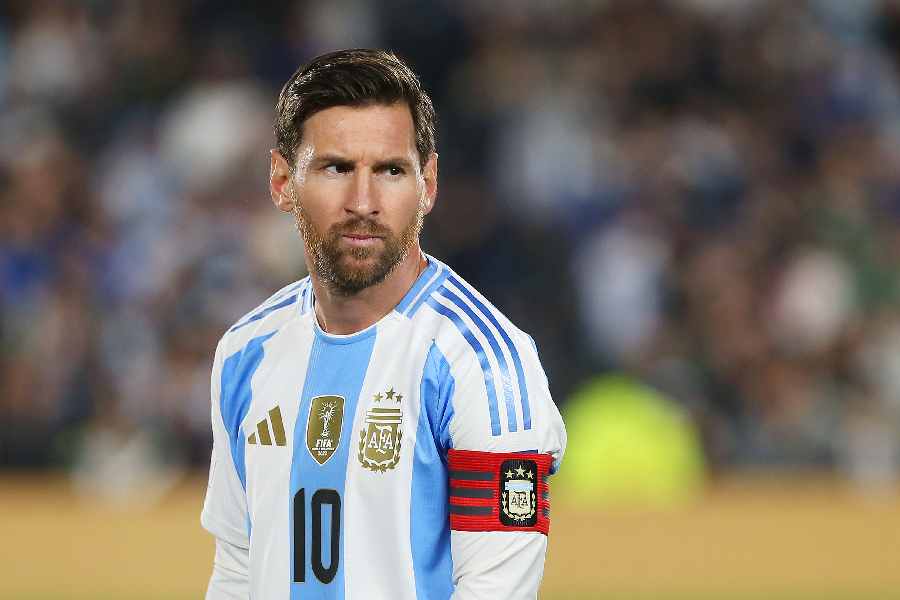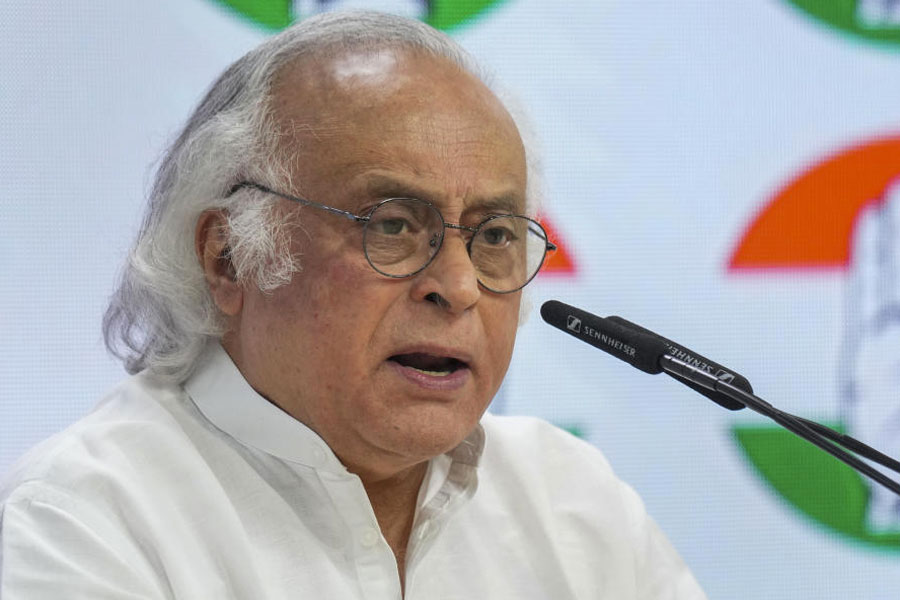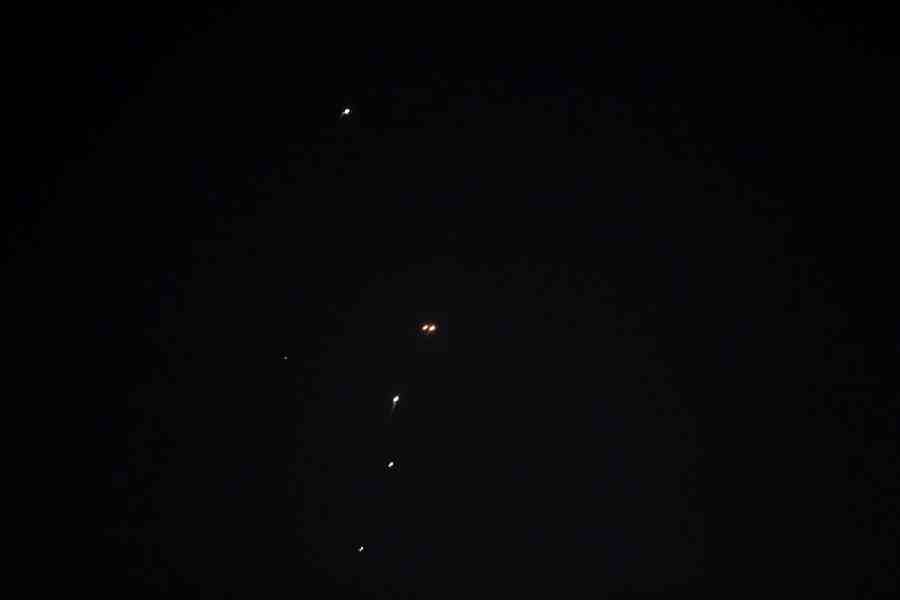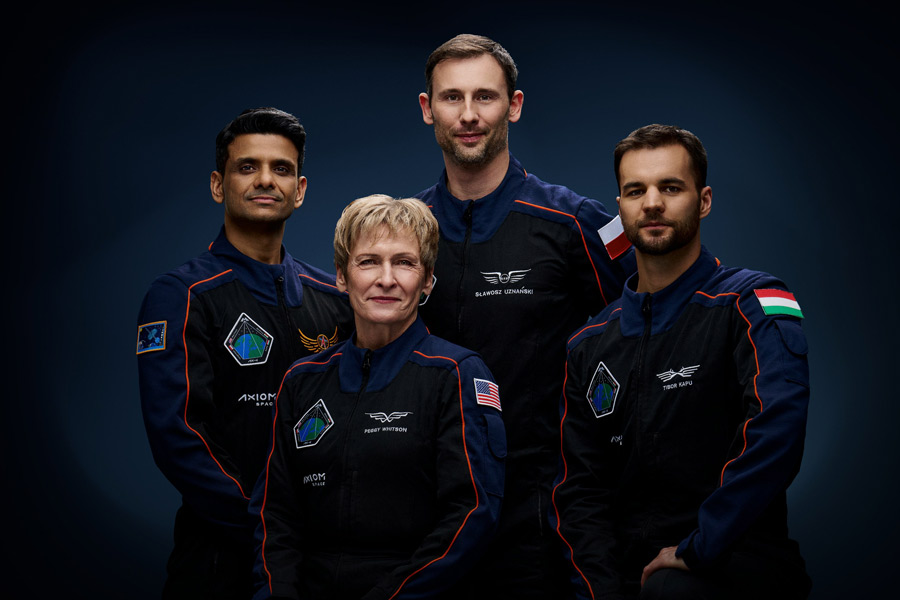 |
 |
 |
A Marxist state with an obligation towards a religious festival as grand as the Durga Puja is an oxymoron that Tripura plays out each year with elan.
It’s not that the red brigade deliberately took this political paradox upon itself.
Rather, the “onus” of ensuring a majestic Puja was a handed-down responsibility.
On October 15, 1949, the erstwhile princely state came under the control of the government of India according to a merger agreement, but an Instrument of Accession signed earlier that year made it obligatory for the government to continue sponsorship of temples run earlier by the Hindu princely rulers.
These included salaries of the priests and the cost of worship.
The state government of Tripura inherited this obligation on January 21, 1972.
A full-fledged wing — Debarchan Vibhag (worship of deities) — under district magistrates in the state’s all four districts now bears this responsibility.
“There is an annual increase in the budget for the Puja but our main worry is buying a young buffalo which is sacrificed on Navami or the third day of the Puja,” said Santanu Das, district magistrate of West Tripura.
At the centre of the state’s Puja extravaganza is the Durga Bari temple in front of the Ujjayanta Palace.
Das is personally supervising the renovation of the temple this year. The kings of Tripura have been worshipping at the temples attached to the royal palace since 1432.
After the state’s capital was shifted to Agartala from Puran Haveli in 1838, the traditional Puja continued in a smaller temple close to the palace.
Subsequently, King Birendra Kishore Manikya (1909-1923) rebuilt a temple in its present location.
The form of the deity, however, changed sometime in the early 16th century.
“Maharani Sudakshina Debi, consort of King Dhanya Manikya (1490-1520), was terrified by the huge earthen image of the goddess at the royal temple in 1506 and fainted. That night, the queen dreamt of the mother goddess advising her not to be scared and to hide eight of her weapon-wielding hands behind her,” said 87-year-old head priest of the temple, Dulal Bhattacharya.
“From 1940 to 1990, I assisted my father, Kalidas Kabyatirtha, at the temple. After he passed away, I was appointed the head priest,” he said.
He reminisced about watching King Bir Bikram Kishore Manikya and Kirit Bikram Kishore Manikya chant prayers at the temple.
The octogenarian, however, was concerned that the dark monsoon clouds would prevent the earthen idols from drying before the festivities begin.
Though the temple outside Ujjayanta Palace remains the top draw, Pujas organised by clubs also vie for attention.
Shantikami Sangha, a leading club of north Agartala, close to the Manipuri Radhamadhav temple where blasts occurred last year ahead of Durga Puja, will recreate the mysterious lamp of Alladin at their pandal.
Polestar Club, on the other hand, is trying out a contemporary theme.
“We do not have any rituals performed before the image of the goddess because we are essentially atheists. But every year, we try to present something new to the Puja revellers. This year, the tragedy of 26/11 will come alive on and around our pandal through lighting,” said Tapan Guha, secretary of Polestar Club.
Aikatan Juba Samstha of Shanti Para is constructing a pandal replicating a snow-capped hill of Kashmir, costing the organisers Rs 16 lakh. In search of novelty, Netaji Play Centre Club is building 12-foot images of the deities from matchsticks.
Regal heritage or novelty, palace temple or neighbourhood club, Marxist leanings or otherwise, the four Puja days seem to level all differences.


